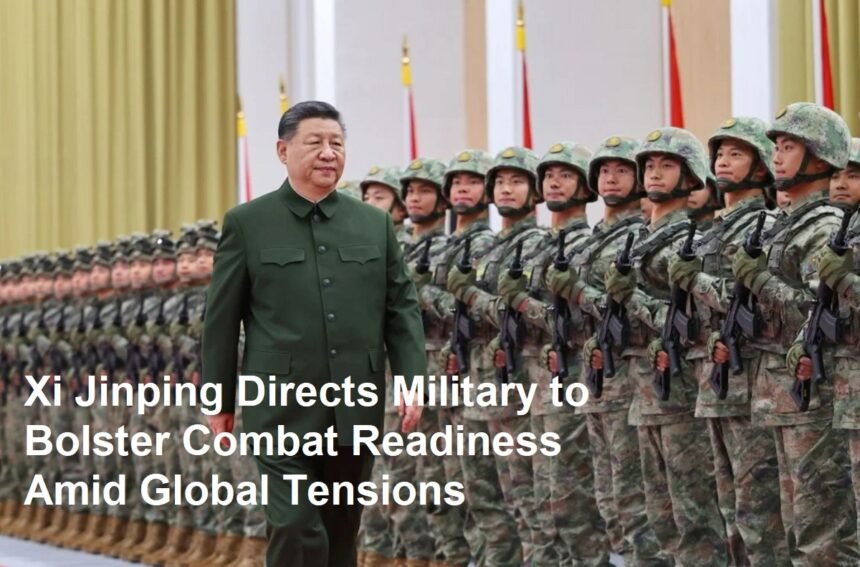In a significant policy shift that reflects China’s evolving defense strategy, Chinese President Xi Jinping has ordered the nation’s military to intensify its focus on combat readiness. During a closed-door meeting in Beijing yesterday, President Xi stressed the necessity of modernizing the armed forces and ensuring that they are fully prepared for any potential threat. This directive arrives at a time when global security challenges are mounting, and it signals Beijing’s commitment to reinforcing its national defense.
President Xi emphasized during the briefing that a well-prepared military is essential for protecting national sovereignty and maintaining regional stability. He declared, “Our defense must be robust, agile, and ready to respond to any challenges,” a statement that has been widely interpreted as a call for increased training and strategic reform. Experts believe this move is designed not only to boost the morale of military personnel but also to ensure that the forces are equipped to handle modern warfare scenarios effectively.
This strategic directive comes as part of a broader effort by China to modernize its armed forces. Over recent years, significant investments have been made in acquiring advanced military technology, ranging from state-of-the-art fighter jets and missile systems to sophisticated cyber warfare capabilities. While these upgrades have enhanced China’s technical prowess, President Xi’s order shifts the focus toward ensuring that the human element of the military is equally prepared. This balanced approach is expected to create a more cohesive and dynamic force.
Analysts and military experts have noted that the new emphasis on combat readiness will likely result in an increase in large-scale training exercises and simulated combat operations. These initiatives are expected to refine tactical strategies and improve the integration of new technologies with existing systems. A retired military strategist commented, “China is signaling that it is prepared to adapt to any changing circumstances on the battlefield, ensuring that its forces remain versatile and effective.” The focus on practical training underscores the importance of readiness over mere possession of advanced equipment.
International reactions to the announcement have been varied. While some nations view the directive as a prudent measure to enhance national security, others express concern over the potential escalation of military posturing in the region. Several foreign defense analysts have warned that increased combat readiness could lead to a more competitive security environment, prompting neighboring countries to bolster their own military capabilities. Despite these concerns, officials in China maintain that the move is strictly defensive in nature and aimed at deterring external threats.
Domestically, the response within China’s military has been overwhelmingly positive. Soldiers and officers have welcomed the renewed emphasis on operational readiness, viewing it as a necessary step to elevate the nation’s defense capabilities. Training programs are being revamped to incorporate realistic combat scenarios, and new protocols are set to be implemented in the coming months. The leadership has reiterated that this initiative is part of a long-term strategy to foster a military force that is both technologically advanced and highly skilled in combat operations.
As China advances its military modernization agenda, international observers remain vigilant, closely monitoring how these changes might affect regional power dynamics. The focus on combat readiness is expected to have implications not only for China’s strategic positioning but also for global military balances. Diplomatic channels remain open, with calls for dialogue and transparency in military developments. It is clear that as nations invest in advanced technologies, the human factor – training, discipline, and strategic thinking – will continue to be the cornerstone of effective defense.
Looking ahead, the directive is expected to reshape China’s military culture and establish a new combat readiness standard.













